
Mount Abu Wildlife Sanctuary – Spot Rare Wildlife & Birds
The lovely destination ‘Wildlife Sanctuary of Mount Abu’ nestled in dense Aravalli hills of Mount Abu, Rajasthan. Spread out over large areas of green forests, rock-covered hills and peaceful waters, the sanctuary draws many nature lovers and wildlife fans. The area is famed for its immense variety of plants and animals and some of these species are only found here. The sanctuary keeps the Aravalli ecosystem intact and lets visitors explore the relaxing natural beauty and colorful wildlife that make up Mount Abu, the main hill station in Rajasthan.
Table of Contents
ToggleHistory and Significance
Opened in 1960, Mount Abu Wildlife Sanctuary is a vital protected reserve in the Aravalli hills of Rajasthan dedicated to keeping the area’s wildlife safe. Since the Aravallis appear among the world’s oldest mountain ranges, many types of plants and animals live there. A variety of birds, as well as endangered leopards, sloth bears and sambars live inside the sanctuary, where they are safe. Thanks to its forests, rough terrain and water areas, wildlife can do well here.
As well as conservation, the sanctuary is used for research, promotes tourism that cares for nature and assists in teaching about the environment. It aims to help people to realize the significance of saving fragile areas due to rising human actions like cutting forests and building cities. Mount Abu Wildlife Sanctuary focuses on both, offer relaxation to visitors while preserving its natural habitat and environment.
Start Your Journey to Adventure: Best Mount Abu Attractions for 2025
Popular Attractions Within The Sanctuary
Several exciting places in the wildlife sanctuary will urge you to keep exploring:
Guru Shikhar
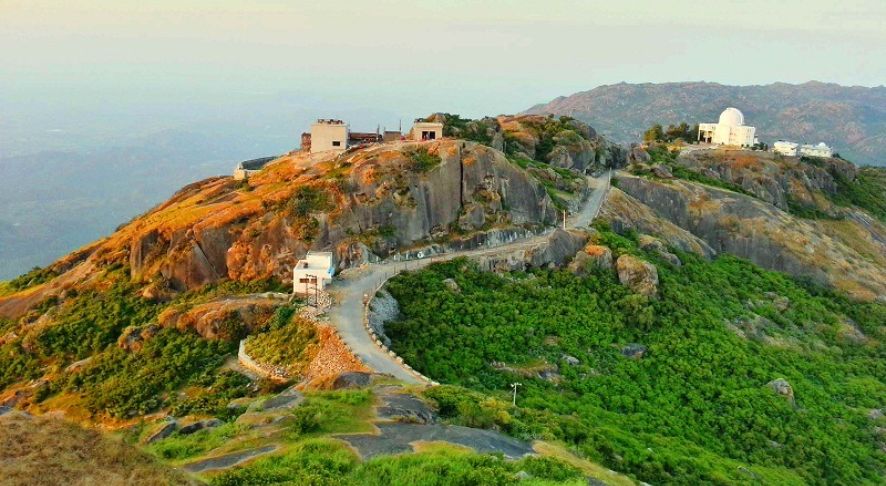
It’s the highest in Rajasthan, measuring 1722m and enjoys views of the mountains as well as the nature all around.
Trevor’s Tank
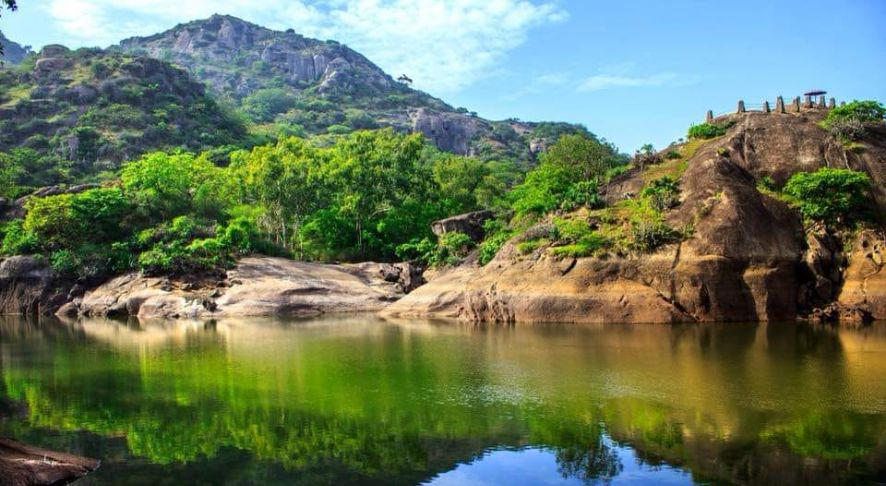
Trevor’s Tank is a human-built crocodile habitat where crocodiles breed and people can also witness the lovely birdwatching experience.
Experience Divine Architecture: Visit Dilwara Jain Temple in 2025
Diverse Flora and Fauna
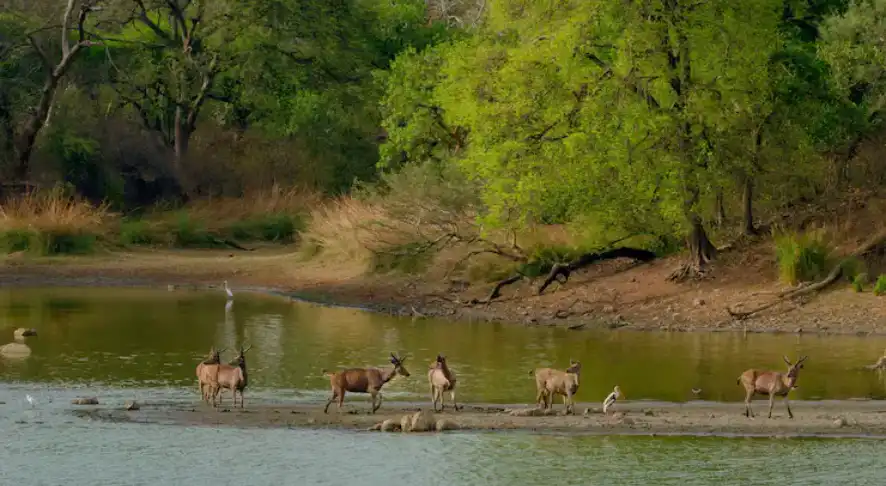
There are more than 820 types of plants including different orchids, plus wild roses and several ferns. Many birds and animals living in the park are Indian leopards, sloth bears and almost 250 varieties of birds.
Sunset Point
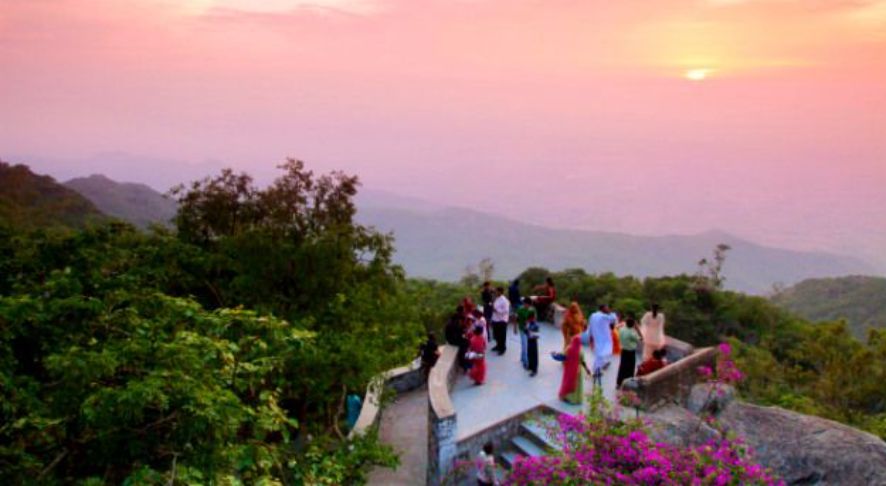
Situated within the sanctuary that offers breathtaking scenes of Aravalli hills and indulge you in its beauty.
Explore Rajasthan’s Highest Point – The Majestic Guru Shikhar in Mount Abu
Things To Do At Mount Abu Wildlife Sanctuary
This lush green forest and rich wildlife sanctuary offers you several experiences and things to explore:
Wildlife Spotting
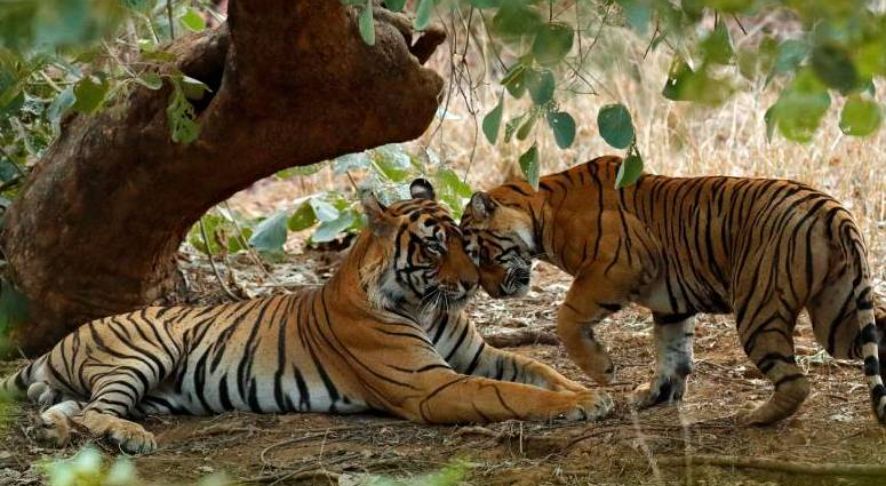
Wildlife enthusiasts on a safari at Mount Abu will get to see rare witnesses like sloth beers, tigers and hyenas, but deers, elephants and common animals are present all the time.
Trekking

Making yourself tired by trekking for the sunset and sunrise View is totally worth it. Trekking through lush green mountains will relax your body and mind by its peaceful environment.
Don’t Miss It: Visit Nakki Lake in Mount Abu for Scenic Bliss
Bird Watching
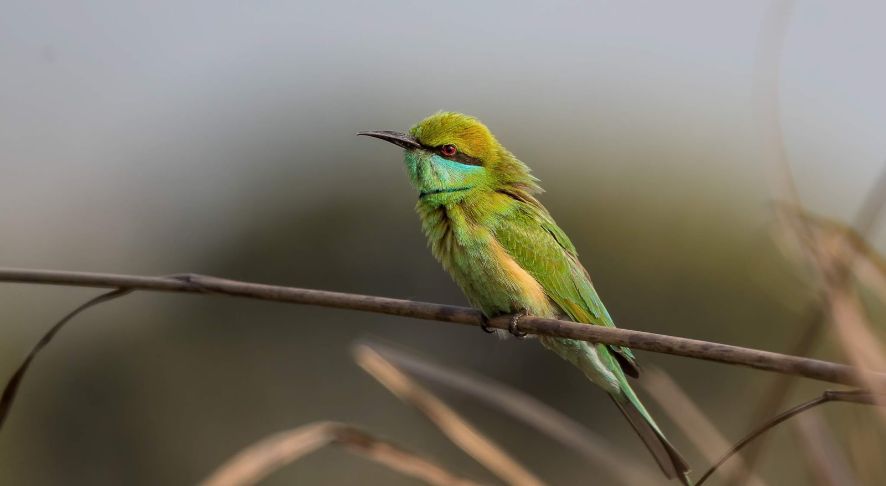
It is home to over 250 bird species, in which Green Avadavat and Grey Jungle Fowl are the rare species that can be seen at a unique prospect.
Photography
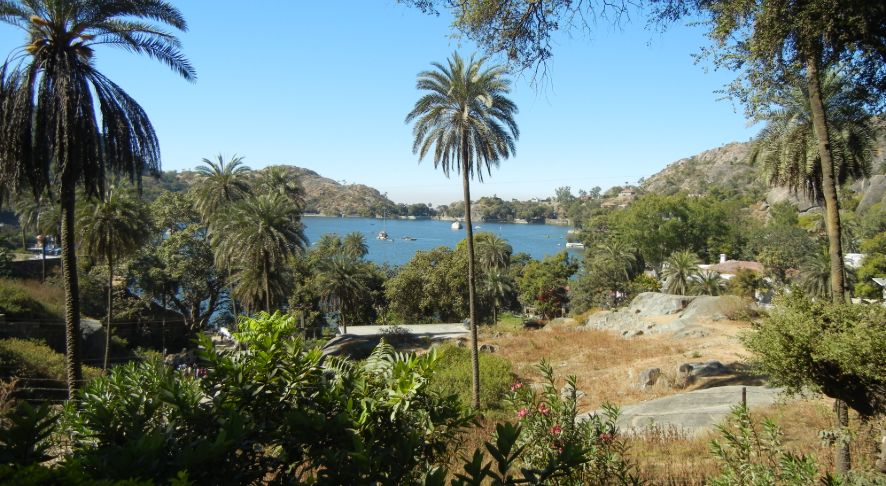
Ideal location for explorers because this wildlife sanctuary is a blend of animals, plants, temples, views, and many more. You can capture your memorable experiences of animals and lovely plants in your camera.
See Why It’s a Must-Visit in 2025 – Sunset Point, Mount Abu’s Evening Gem
Best Time To Visit Mount Abu Wildlife Sanctuary
Safaris in the Mount Abu Wildlife Sanctuary are best planned between October and March. The climate is mild, animals are more lively and it’s a great time for bird spotting. Don’t visit in July or August, as it’s usually too hot and avoid September or October because the trails become slippery with rain. Winter is the best time for people who love the outdoors and photography.
Timings For Wildlife Safari
The Sanctuary is open every day from 9:00 AM until 5:30 PM.
A good time to see wildlife is early morning or in the late afternoon, so it’s best to visit the sanctuaruy at those times. The weather is best for photography at these times and it’s more likely that rare animal species can be seen.
Read More On: Wildlife Sanctuary
How to Reach
Here is a good way to get to the Wildlife Sanctuary of Mount Abu:
By Flight: Udaipur, Maharana Pratap airport is only nearest to Mount abu(175km), Then, taxis or buses can drop you to Mount Abu in 3-4 hours.
By Train: The distance from Abu Road Railway Station to Mount Abu is 28 km. Passengers at the station can take a taxi, auto or bus to the sanctuary.
By Road: You can reach Mount Abu easily by NH-27. Bus services are available multiple times each day from Udaipur, Jaipur and Ahmedabad.
Frequently Asked Questions
1. What is Mount Abu Wildlife Sanctuary famous for?
Ans: It’s known for rich biodiversity, scenic Aravalli landscapes, and rare species like leopards, sloth bears, and over 250 bird species.
2. Which animal is famous in Mount Abu?
Ans: The Indian leopard is the most famous animal in Mount Abu.
3. How much is the ticket for Wildlife Sanctuary Mount Abu?
Ans: Entry tickets cost around ₹50 for Indians and ₹300 for foreigners. Additional charges apply for safari and cameras.
4. What are the timings for Mount Abu Wildlife Sanctuary?
Ans: The sanctuary is open daily from 9:00 AM to 5:30 PM.
5. Is jeep safari available in Mount Abu Wildlife Sanctuary?
Ans: Yes, jeep safaris are available and offer guided wildlife spotting experiences. Early mornings and late afternoons are ideal.
6. How to reach Mount Abu Wildlife Sanctuary?
Ans: Take a train to Abu Road (28 km away) or drive via NH-27. Udaipur Airport is the nearest at 175 km.
7. How to book Mount Abu Wildlife Sanctuary visit?
Ans: Bookings can be done at the sanctuary gate or through local tour operators or online via Rajasthan Tourism’s official portals.
